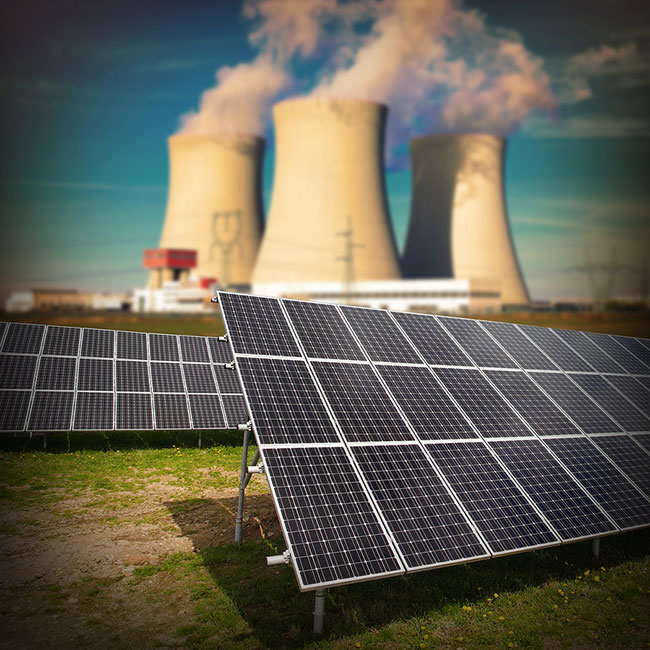
The massive deployment of renewables has helped global CO2 emissions fall.
Interesting news from two separate studies from different agencies this week folks. The first — from the International Energy Agency (IEA) — found that carbon emissions have stalled worldwide for the second year in a row. The second, from the International Renewable Energy Agency (IRENA), outlined the associated benefits of doubling the share of renewables in the world energy mix. [Read more…]

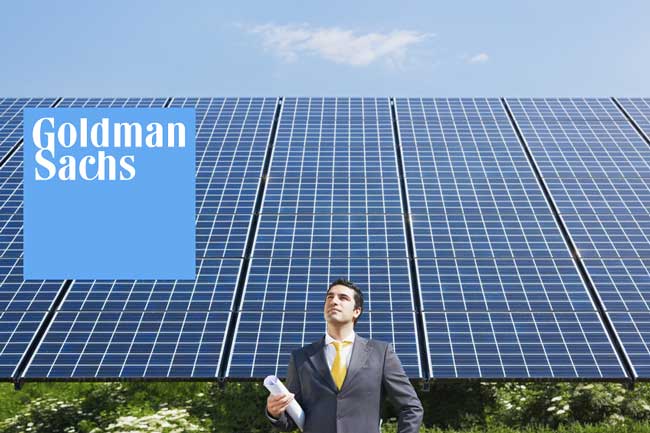
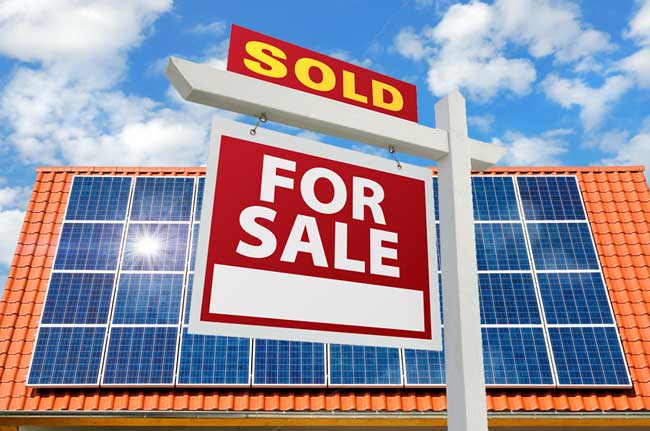



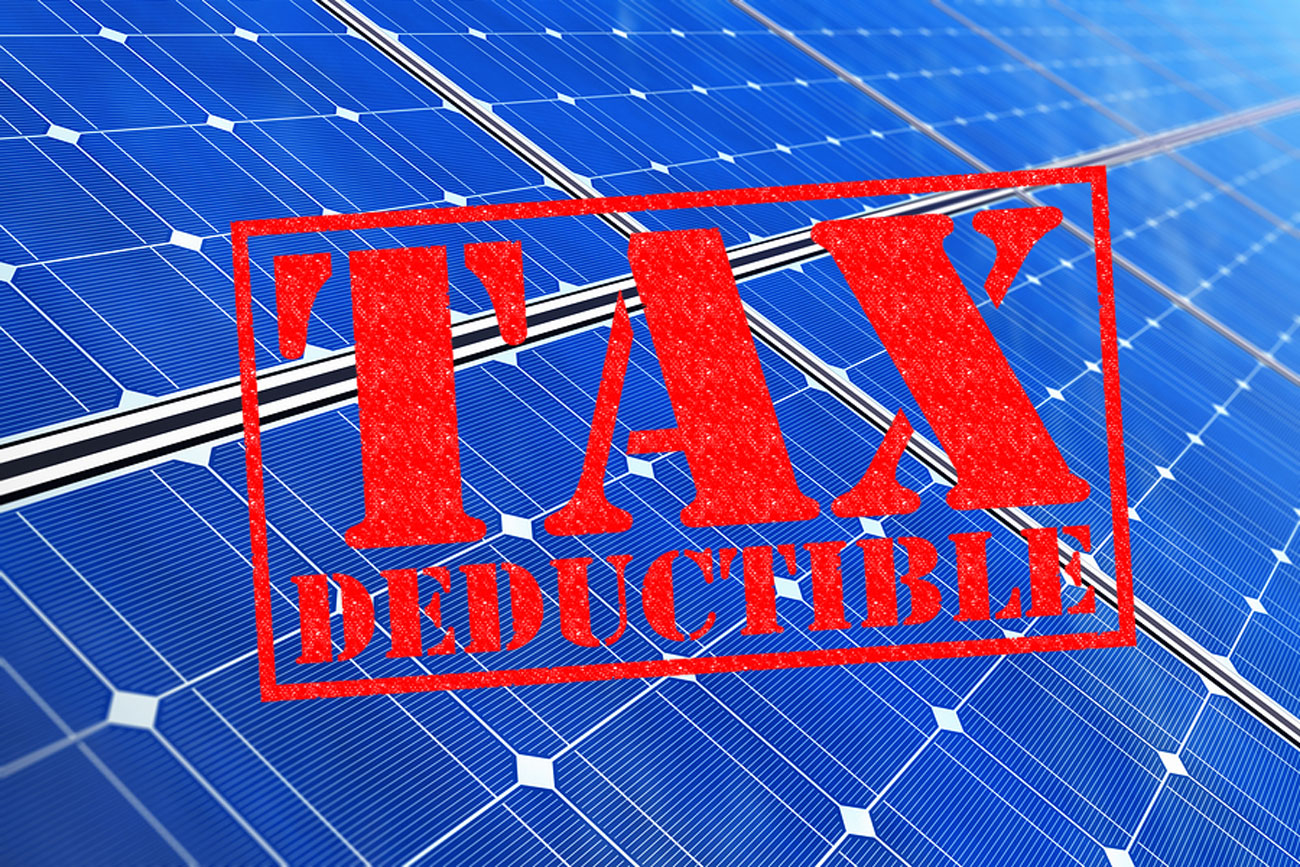
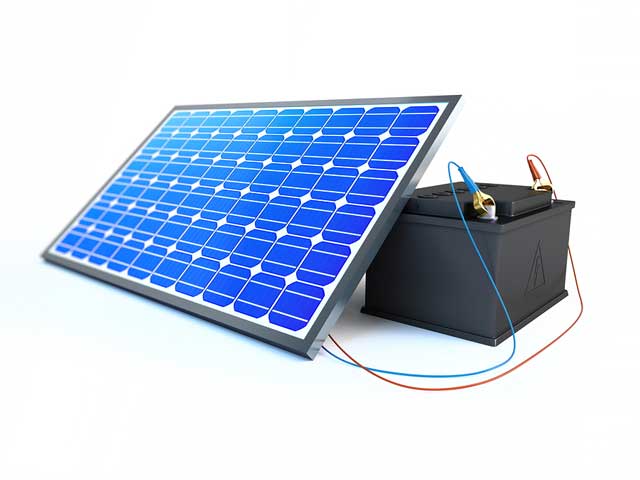
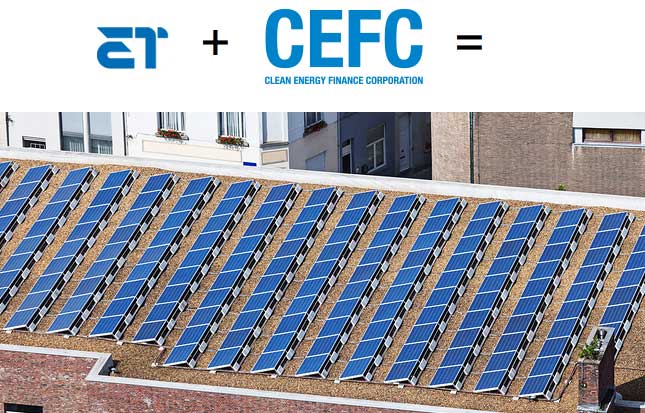
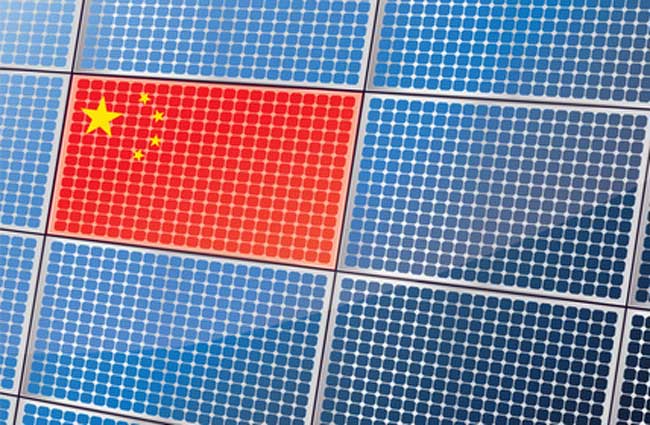
 RSS - Posts
RSS - Posts



Currently Raging Debates: